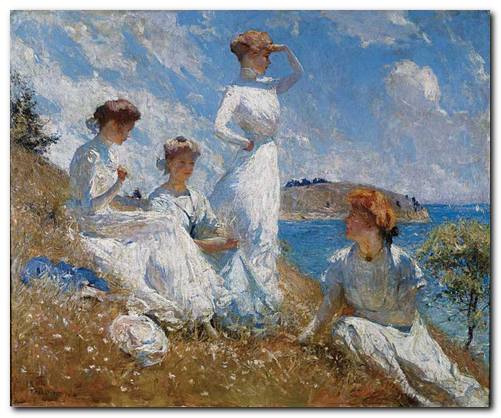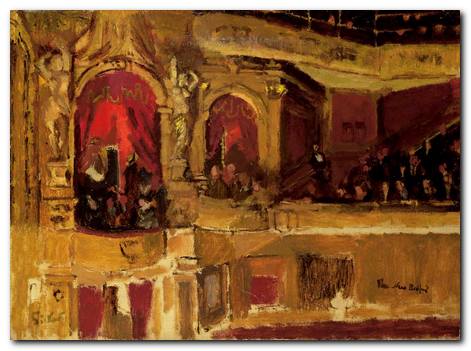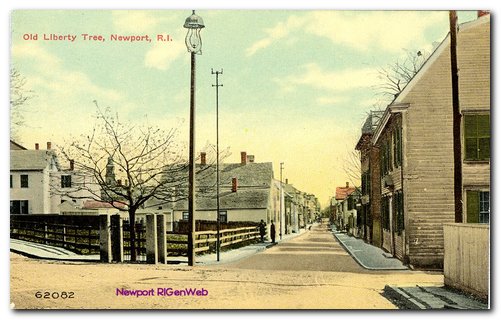tutorial, commentary, study resources, and web links
Maud-Evelyn first appeared in Atlantic Monthly in April of 1900, which was a remarkably fertile period for Henry James in terms of his production of short stories. It was a year which saw the publication of The Abasement of the Northmores, Miss Gunton of Poughkeepsie, The Third Person, The Great Good Place, The Tone of Time, The Tree of Knowledge, and the story which is widely regarded as his finest – The Beast in the Jungle. James produced all of these (and more) in addition to working on his next novel, The Sacred Fount (1901).
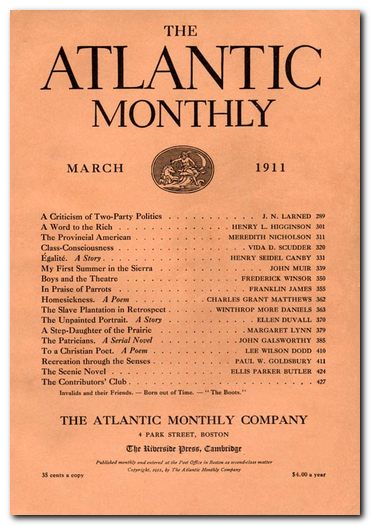
Maud-Evelyn – critical commentary
It’s difficult to offer an interpretation of the story except as a study in profound self-deception. Marmaduke progressively buys into the myth of Maud-Evelyn’s living presence – to the extent that he is prepared to invent ‘shared experiences’ in an attempt to create her fictitious ‘past’. He even seems to believe that he marries her and is widowed on her death.
What is the purpose of this willed self-deception? Lady Emma suspects that he is ingratiating himself with the Dedricks in the hope that they will ‘remember him’ in their will(s). And she’s right – because they do. But isn’t there more to it than that?
Well, Marmaduke from the start of the story protests that he will not marry. Lavinia interprets this to mean that he will not marry anybody else but her. But the truth, as it turns out, is that he doesn’t marry anyone. In fact in his own terms, he acquires a wife without actually having to get married, and then becomes a widower, without ever having had a wife.
Is this perhaps another version of the ‘fear of marriage’ theme that James turned to again and again in stories composed during this period of his career? If Marmaduke gets married without acquiring a wife, Lavinia inherits his fortune without marrying him, though the price she pays for doing so is to be forced to wait until she is an old maid.
Another way of looking at the story is as a variation of the ghost story, which James explored on a number of occasions (Sir Edmund Orme, The Friends of the Friends, The Turn of the Screw, Owen Wingrave). Maud-Evelyn is dead, yet she is in one sense the central focus of the story. Her parents spend their time keeping the myth of her existence alive. And Marmaduke is so entangled in the fiction that he even imagines he marries and is widowed by this dead person.
Somehow, the themes of the ghost story, the fear of marriage, and a strange sequence of inheritance seem to converge uneasily yet ultimately to a satisfactory conclusion in this story.
Maud Evelyn – study resources
![]() The Complete Works of Henry James – Kindle edition – Amazon UK
The Complete Works of Henry James – Kindle edition – Amazon UK
![]() The Complete Works of Henry James – Kindle edition – Amazon US
The Complete Works of Henry James – Kindle edition – Amazon US
![]() Complete Stories 1898—1910 – Library of America – Amazon UK
Complete Stories 1898—1910 – Library of America – Amazon UK
![]() Complete Stories 1898—1910 – Library of America – Amazon US
Complete Stories 1898—1910 – Library of America – Amazon US
![]() Maud-Evelyn – Digireads reprint edition
Maud-Evelyn – Digireads reprint edition
![]() Maud-Evelyn – free eBook at Gutenberg Consortia
Maud-Evelyn – free eBook at Gutenberg Consortia
![]() Maud-Evelyn – read the story on line
Maud-Evelyn – read the story on line
![]() The Cambridge Companion to Henry James – Amazon UK
The Cambridge Companion to Henry James – Amazon UK
![]() The Prefaces of Henry James – Introductions to his tales and novels
The Prefaces of Henry James – Introductions to his tales and novels
![]() Henry James at Wikipedia – biographical notes, links
Henry James at Wikipedia – biographical notes, links
![]() Henry James at Mantex – tutorials, biography, study resources
Henry James at Mantex – tutorials, biography, study resources
Maud-Evelyn – plot summary
An obscure and elderly woman has recently inherited wealth to the surprise of an assembled group. But one of them, Lady Emma, knows the back story to the unexpected inheritance. It is her first person account of events that forms the narrative.
Lady Emma recounts her relationship with two younger (and poorer) friends, Marmaduke and Lavinia. In the past Marmaduke has paid court to Lavinia, who has not taken up his offer of marriage and now regrets it. He says he will not marry anyone else, and they remain friends.
On holiday in Switzerland, Marmaduke meets Mr and Mrs Dedricks, who keep alive the memory of their dead daughter, Maud-Evelyn, as if she were a living presence. They cultivate Marmaduke, who reciprocates their enthusiasms.
Lady Emma is sceptical about Marmaduke’s motives, thinking he might be a fortune hunter. When she discusses the issue with Lavinia she is surprised to find that Lavinia approves of Marmaduke’s support for the fiction that Maud-Evelyn is still alive.
As Marmaduke grows older he becomes like a son to the elderly Dedricks, and he starts to believe that he actually knew Maud-Evelyn and has shared life experiences with her. Lavinia’s mother dies, leaving her ‘faded’ and ‘almost old’, but she continues to rationalise Marmaduke’s behaviour in supporting the Maud-Evelyn myth.
Marmaduke then announces that he has become ‘engaged’ to Maud-Evelyn. He has bought wedding presents for her, and a bridal suite is established at the Dedricks’ home in Westbourne Terrace.
Time passes, then Marmaduke announces that Maud-Evelyn has died, leaving him in a permanent state of mourning as a widower. The Dedricks then die, leaving everything to Marmaduke, who also dies in his turn, leaving everything to Lavinia.
Principal characters
| — | the un-named outer narrator |
| Lady Emma | the inner first person narrator |
| Lavinia | a modest spinster |
| Marmaduke | Lavinia’s former suitor |
| Mr Dedrick | forty-five years old, retired |
| Mrs Dedrick | his wife |
| Maud-Evelyn | their dead daughter |
| Mrs Jex | the Dedricks’ medium |

Henry James’s study
Further reading
Biographical
![]() Theodora Bosanquet, Henry James at Work, University of Michigan Press, 2007.
Theodora Bosanquet, Henry James at Work, University of Michigan Press, 2007.
![]() Leon Edel, Henry James: A Life, HarperCollins, 1985.
Leon Edel, Henry James: A Life, HarperCollins, 1985.
![]() Philip Horne (ed), Henry James: A Life in Letters, Viking/Allen Lane, 1999.
Philip Horne (ed), Henry James: A Life in Letters, Viking/Allen Lane, 1999.
![]() Henry James, The Letters of Henry James, Adamant Media Corporation, 2001.
Henry James, The Letters of Henry James, Adamant Media Corporation, 2001.
![]() Fred Kaplan, Henry James: The Imagination of Genius, Johns Hopkins University Press, 1999
Fred Kaplan, Henry James: The Imagination of Genius, Johns Hopkins University Press, 1999
![]() F.O. Matthieson (ed), The Notebooks of Henry James, Oxford University Press, 1988.
F.O. Matthieson (ed), The Notebooks of Henry James, Oxford University Press, 1988.
Critical commentary
![]() Ian F.A. Bell, Henry James and the Past, London: Palgrave Macmillan, 1993.
Ian F.A. Bell, Henry James and the Past, London: Palgrave Macmillan, 1993.
![]() Millicent Bell, Meaning in Henry James, Cambridge (MA): Harvard University Press, 1993.
Millicent Bell, Meaning in Henry James, Cambridge (MA): Harvard University Press, 1993.
![]() Harold Bloom (ed), Modern Critical Views: Henry James, Chelsea House Publishers, 1991.
Harold Bloom (ed), Modern Critical Views: Henry James, Chelsea House Publishers, 1991.
![]() Kirstin Boudreau, Henry James’s Narrative Technique, Macmillan, 2010.
Kirstin Boudreau, Henry James’s Narrative Technique, Macmillan, 2010.
![]() Daniel Mark Fogel, A Companion to Henry James Studies, Greenwood Press, 1993.
Daniel Mark Fogel, A Companion to Henry James Studies, Greenwood Press, 1993.
![]() Jonathan Freedman, The Cambridge Companion to Henry James, Cambridge University Press, 1998.
Jonathan Freedman, The Cambridge Companion to Henry James, Cambridge University Press, 1998.
![]() Roger Gard (ed), Henry James: The Critical Heritage, London: Routledge, 1968.
Roger Gard (ed), Henry James: The Critical Heritage, London: Routledge, 1968.
![]() Tessa Hadley, Henry James and the Imagination of Pleasure, Cambridge University Press, 2009.
Tessa Hadley, Henry James and the Imagination of Pleasure, Cambridge University Press, 2009.
![]() Barbara Hardy, Henry James: The Later Writing (Writers & Their Work), Northcote House Publishers, 1996.
Barbara Hardy, Henry James: The Later Writing (Writers & Their Work), Northcote House Publishers, 1996.
![]() Richard A. Hocks, Henry James: A study of the short fiction, New York: Twayne Publishers, 1990.
Richard A. Hocks, Henry James: A study of the short fiction, New York: Twayne Publishers, 1990.
![]() Colin Meissner, Henry James and the Language of Experience, Cambridge University Press, 2009
Colin Meissner, Henry James and the Language of Experience, Cambridge University Press, 2009
![]() John Pearson (ed), The Prefaces of Henry James, Pennsylvania State University Press, 1993.
John Pearson (ed), The Prefaces of Henry James, Pennsylvania State University Press, 1993.
![]() Ruth Yeazell (ed), Henry James: A Collection of Critical Essays, Longmans, 1994.
Ruth Yeazell (ed), Henry James: A Collection of Critical Essays, Longmans, 1994.
Ghost stories by Henry James
![]() The Romance of Certain Old Clothes (1868)
The Romance of Certain Old Clothes (1868)
![]() The Ghostly Rental (1876)
The Ghostly Rental (1876)
![]() Sir Edmund Orme (1891)
Sir Edmund Orme (1891)
![]() The Private Life (1892)
The Private Life (1892)
![]() Owen Wingrave (1892)
Owen Wingrave (1892)
![]() The Friends of the Friends (1896)
The Friends of the Friends (1896)
![]() The Turn of the Screw (1898)
The Turn of the Screw (1898)
![]() The Real Right Thing (1899)
The Real Right Thing (1899)
![]() Maud-Evelyn (1900)
Maud-Evelyn (1900)
![]() The Third Person (1900)
The Third Person (1900)
![]() The Jolly Corner (1908)
The Jolly Corner (1908)
Other works by Henry James
 The Aspern Papers (1888) is a psychological drama set in Venice which centres on the tussle for control of a great writer’s correspondence. An elderly lady, ex-lover of the writer, seeks a husband for her daughter. But the potential purchaser of the papers is a dedicated bachelor. Money is also at stake – but of course not discussed overtly. There is a refined battle of wills between them. Who will win in the end? As usual, James keeps the reader guessing. The novella is a masterpiece of subtle narration, with an ironic twist in its outcome. This collection of stories also includes three of his accomplished long short stories – The Private Life, The Middle Years, and The Death of the Lion.
The Aspern Papers (1888) is a psychological drama set in Venice which centres on the tussle for control of a great writer’s correspondence. An elderly lady, ex-lover of the writer, seeks a husband for her daughter. But the potential purchaser of the papers is a dedicated bachelor. Money is also at stake – but of course not discussed overtly. There is a refined battle of wills between them. Who will win in the end? As usual, James keeps the reader guessing. The novella is a masterpiece of subtle narration, with an ironic twist in its outcome. This collection of stories also includes three of his accomplished long short stories – The Private Life, The Middle Years, and The Death of the Lion.
![]() Buy the book from Amazon UK
Buy the book from Amazon UK
![]() Buy the book from Amazon US
Buy the book from Amazon US
 The Spoils of Poynton (1896) is a short novel which centres on the contents of a country house, and the question of who is the most desirable person to inherit it via marriage. The owner Mrs Gereth is being forced to leave her home to make way for her son and his greedy and uncultured fiancee. Mrs Gereth develops a subtle plan to take as many of the house’s priceless furnishings with her as possible. But things do not go quite according to plan. There are some very witty social ironies, and a contest of wills which matches nouveau-riche greed against high principles. There’s also a spectacular finale in which nobody wins out.
The Spoils of Poynton (1896) is a short novel which centres on the contents of a country house, and the question of who is the most desirable person to inherit it via marriage. The owner Mrs Gereth is being forced to leave her home to make way for her son and his greedy and uncultured fiancee. Mrs Gereth develops a subtle plan to take as many of the house’s priceless furnishings with her as possible. But things do not go quite according to plan. There are some very witty social ironies, and a contest of wills which matches nouveau-riche greed against high principles. There’s also a spectacular finale in which nobody wins out.
![]() Buy the book from Amazon UK
Buy the book from Amazon UK
![]() Buy the book from Amazon US
Buy the book from Amazon US
 Daisy Miller (1879) is a key story from James’s early phase in which a spirited young American woman travels to Europe with her wealthy but commonplace mother. Daisy’s innocence and her audacity challenge social conventions, and she seems to be compromising her reputation by her independent behaviour. But when she later dies in Rome the reader is invited to see the outcome as a powerful sense of a great lost potential. This novella is a great study in understatement and symbolic power.
Daisy Miller (1879) is a key story from James’s early phase in which a spirited young American woman travels to Europe with her wealthy but commonplace mother. Daisy’s innocence and her audacity challenge social conventions, and she seems to be compromising her reputation by her independent behaviour. But when she later dies in Rome the reader is invited to see the outcome as a powerful sense of a great lost potential. This novella is a great study in understatement and symbolic power.
![]() Buy the book from Amazon UK
Buy the book from Amazon UK
![]() Buy the book from Amazon US
Buy the book from Amazon US
Henry James – web links
![]() Henry James at Mantex
Henry James at Mantex
Biographical notes, study guides, tutorials on the Complete Tales, book reviews. bibliographies, and web links.
![]() The Complete Works
The Complete Works
Sixty books in one 13.5 MB Kindle eBook download for £1.92 at Amazon.co.uk. The complete novels, stories, travel writing, and prefaces. Also includes his autobiographies, plays, and literary criticism – with illustrations.
![]() The Ladder – a Henry James website
The Ladder – a Henry James website
A collection of eTexts of the tales, novels, plays, and prefaces – with links to available free eTexts at Project Gutenberg and elsewhere.
![]() A Hyper-Concordance to the Works
A Hyper-Concordance to the Works
Japanese-based online research tool that locates the use of any word or phrase in context. Find that illusive quotable phrase.
![]() The Henry James Resource Center
The Henry James Resource Center
A web site with biography, bibliographies, adaptations, archival resources, suggested reading, and recent scholarship.
![]() Online Books Page
Online Books Page
A collection of online texts, including novels, stories, travel writing, literary criticism, and letters.
![]() Henry James at Project Gutenberg
Henry James at Project Gutenberg
A major collection of eTexts, available in a variety of eBook formats.
![]() The Complete Letters
The Complete Letters
Archive of the complete correspondence (1855-1878) work in progress – published by the University of Nebraska Press.
![]() The Scholar’s Guide to Web Sites
The Scholar’s Guide to Web Sites
An old-fashioned but major jumpstation – a website of websites and resouces.
![]() Henry James – The Complete Tales
Henry James – The Complete Tales
Tutorials on the complete collection of over one hundred tales, novellas, and short stories.
© Roy Johnson 2012
More tales by James
More on literature
More on the novella
More on literary studies
More on short stories


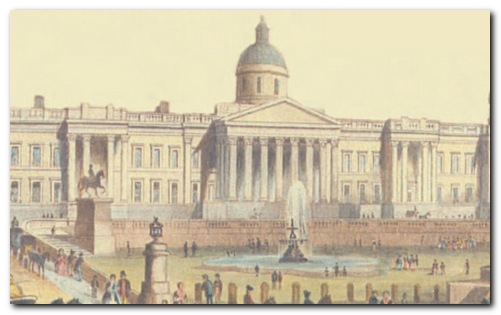

 The Bostonians
The Bostonians What Masie Knew
What Masie Knew The Ambassadors
The Ambassadors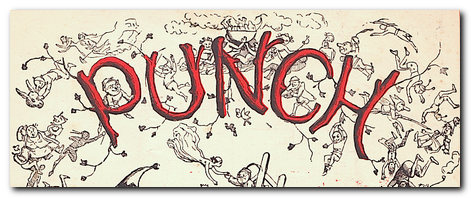
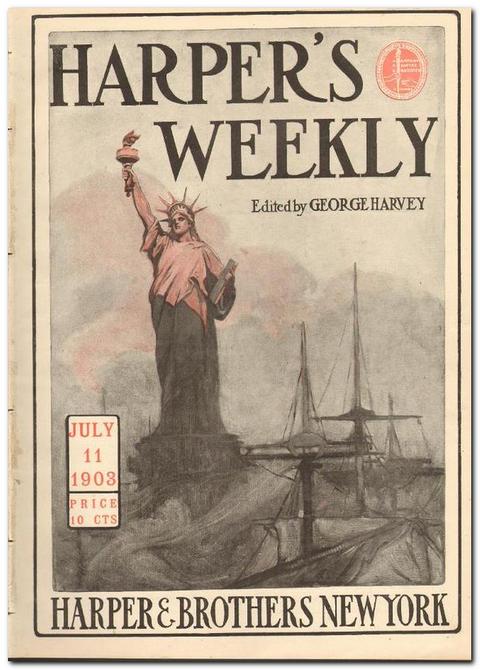
 Washington Square
Washington Square